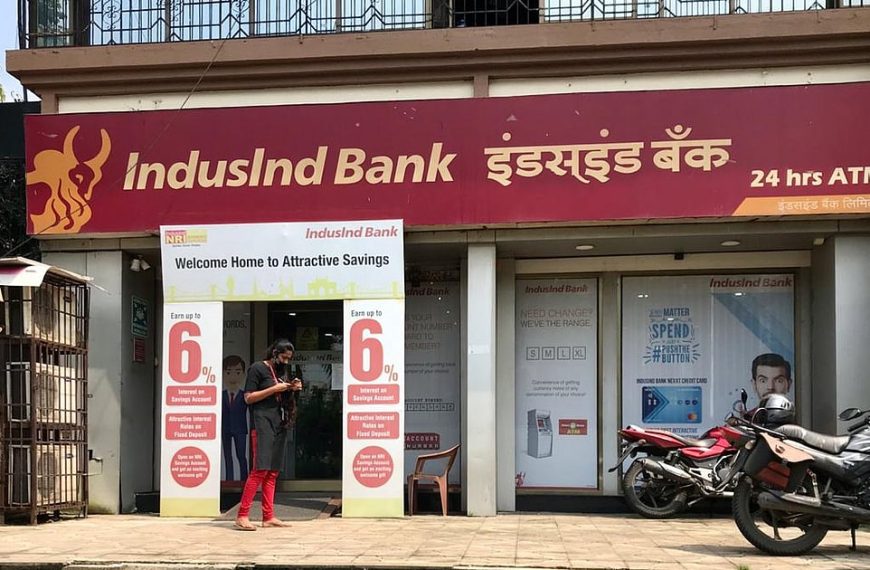Indian equity markets experienced a downturn on Wednesday, April 9, as investors reacted to the Reserve Bank of India’s (RBI) announcement of a 25 basis point cut in the repo rate, now set at 6 percent. This marks the second rate reduction of the year; however, the RBI’s surprising shift from an ‘accommodative’ to a ‘neutral’ policy stance has raised eyebrows among market participants. Despite the rate cut, the Sensex plummeted 554 points, hitting an intra-day low of 73,673.06, while the Nifty50 fell by 179 points, reaching 22,356.60. Broader indices like the Nifty Midcap and Smallcap also suffered, each losing over 1.5 percent.
Key Policy Decisions: Repo Rate and Stance Adjustment
In a recent press briefing, RBI Governor Sanjay Malhotra stated that the Monetary Policy Committee (MPC) voted unanimously to lower the repo rate and transition to a neutral stance. This latest adjustment follows the 25 basis point cut in February, which had previously reduced the repo rate from 6.5 percent to 6.25 percent—the first move of its kind in nearly five years. Malhotra explained that while the rate cut is designed to bolster economic activity, adopting a neutral stance provides the RBI with the flexibility to adjust interest rates based on changing economic conditions.
- Accommodative Stance: Focused on promoting growth through rate reductions.
- Neutral Stance: Allows for potential rate hikes or cuts as needed.
- Withdrawal of Accommodation: Indicates a tightening monetary policy to control inflation.
Sector Performance: IT and Metals Struggle; FMCG Thrives
Most sectoral indices faced significant declines, particularly those sensitive to interest rates. The Nifty Realty and Nifty PSU Bank indices dropped over 1.5 percent, while the Nifty Bank and Financial Services sectors saw declines of about 0.5 percent. The Nifty Auto index ended relatively unchanged, reflecting a mixed market sentiment.
The Nifty IT sector, however, took a more substantial hit, falling by 3 percent amid ongoing concerns regarding the U.S. economic outlook and potential tariff challenges. Both the Nifty Metal and Nifty Pharma indices followed suit, each declining by 2 percent. In contrast, Nifty FMCG defied the downward trend, gaining 1 percent, as investors sought safe-haven assets in turbulent times.
Among the Sensex stocks, PowerGrid, Nestle, HUL, M&M, and ITC emerged as top gainers. Conversely, Tech Mahindra, Infosys, HCL Tech, Tata Steel, and Eternal faced significant drops, contributing to the index’s overall decline.
Economic Growth and Inflation Forecast
On the macroeconomic front, the RBI revised its inflation prediction downward, now estimating Consumer Price Index (CPI) inflation at 4 percent for FY26. The breakdown for quarterly inflation is as follows:
- Q1: 3.6 percent
- Q2: 3.9 percent
- Q3: 3.8 percent
- Q4: 4.4 percent
This downward adjustment comes as food inflation pressures ease. Regarding growth, the central bank has maintained its FY26 GDP growth forecast at 6.5 percent, with quarterly estimates of:
- Q1: 6.5 percent
- Q2: 6.7 percent
- Q3: 6.6 percent
- Q4: 6.3 percent
The RBI expressed confidence in India’s economic resilience, highlighting robust domestic demand and strong investment activity.
Market Sentiment and Future Outlook
Wednesday’s market reaction illustrates how sensitive investors are to changes in monetary policy, particularly against a backdrop of global economic uncertainty. While the repo rate cut may provide some short-term relief, the transition to a neutral stance has tempered the market’s expectations for aggressive easing in the future. With ongoing global challenges and specific sector concerns—especially in IT and export-driven industries—investors should brace for continued volatility in the near term, despite the overall encouraging macroeconomic environment.











